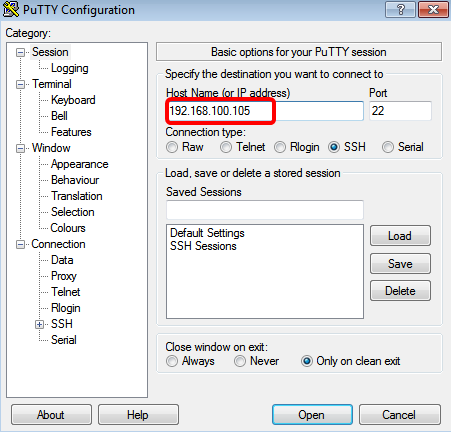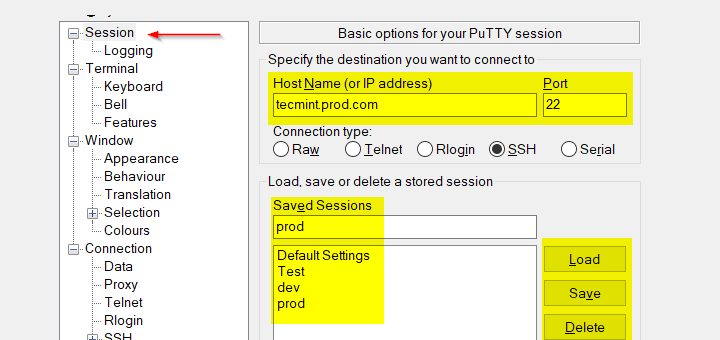

# access here, or in any related virtual host. # your system is serving content from a sub-directory in /srv you must allow # the latter may be used for local directories served by the web server. # The former is used by web applications packaged in Debian, # not allow access to the root filesystem outside of /usr/share and /var/www. # Sets the default security model of the Apache2 HTTPD server. # It is also possible to configure the log level for particular modules, e.g. # LogLevel: Control the number of messages logged to the error_log. # container, that host's errors will be logged there and not here. If you *do* define an error logfile for a # container, error messages relating to that virtual host will be # If you do not specify an ErrorLog directive within a # ErrorLog: The location of the error log file. # each client request will result in AT LEAST one lookup request to the # had to knowingly turn this feature on, since enabling it means that # The default is off because it'd be overall better for the net if people # HostnameLookups: Log the names of clients or just their IP addresses # These need to be set in /etc/apache2/envvars # KeepAliveTimeout: Number of seconds to wait for the next request from the

# We recommend you leave this number high, for maximum performance. # MaxKeepAliveRequests: The maximum number of requests to allow # KeepAlive: Whether or not to allow persistent connections (more than # Timeout: The number of seconds before receives and sends time out. # This needs to be set in /etc/apache2/envvars # PidFile: The file in which the server should record its process # The accept serialization lock file MUST BE STORED ON A LOCAL DISK. # Do NOT add a slash at the end of the directory path. # you will save yourself a lot of trouble. # mounted filesystem then please read the Mutex documentation (available # NOTE! If you intend to place this on an NFS (or otherwise network) # configuration, error, and log files are kept. # ServerRoot: The top of the directory tree under which the server's Calling /usr/bin/apache2 directly will not # the default configuration, apache2 needs to be started/stopped with Due to the use of environment variables, in # their respective man pages for detailed information. # helpers a2enmod/a2dismod, a2ensite/a2dissite and a2enconf/a2disconf. # They are activated by symlinking available configuration files from their # global configuration fragments, or virtual host configurations, # directories contain particular configuration snippets which manage modules, # * Configuration files in the mods-enabled/, conf-enabled/ and sites-enabled/ # supposed to determine listening ports for incoming connections which can be

# * nf is always included from the main configuration file. # together by including all remaining configuration files when starting up the # * nf is the main configuration file (this file). # below, all located in the /etc/apache2/ directory: # It is split into several files forming the configuration hierarchy outlined # order to make automating the changes and administering the server as easy as # virtual hosts, and extra configuration directives as flexible as possible, in # default Apache2 installation attempts to make adding and removing modules, # upstream's suggested way to configure the web server. # The Apache 2 web server configuration in Debian is quite different to # Summary of how the Apache 2 configuration works in Debian: # the directives and /usr/share/doc/apache2/README.Debian about Debian specific # configuration directives that give the server its instructions. nf: # This is the main Apache server configuration file. I have included my Apache configuration files below if it helps.
My ufw is not active, however, I do have one line in my iptables which I added as part of my efforts to resolve, this reads: 26 1557 ACCEPT tcp - any any anywhere anywhere tcp dpt:http If it helps I have also tried all of this with other ports just to test. I am able to make a connection via telnet using my external IP address and specifying port 80 and have also checked on where it says my site is up? I have set up forwarding on my router and checked this by using the service at where port 80 shows as open. I'm using Apache 2.4 and listening on port 80. Connecting via 127.0.0.1 is fine, it's just an issue when using the external IP address. I'm trying to connect to my newly installed Apache web server via the external IP address.


 0 kommentar(er)
0 kommentar(er)
